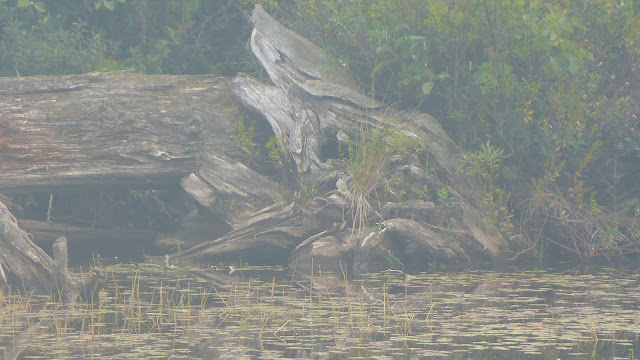A pretty bold claim but what do I mean by it. Well I do not mean
“photoshopped” in the sense of someone going through their photo
collection post divorce and removing their ex-spouse from all their
family photographs. I mean something more subtle than that.
The appearance of
every photograph is the direct result of decisions taken by the
photographer starting even before the photo is taken and finishing
with film or digital processing.
With film
photography it starts with the choice of the film and even the choice
of the camera. Different films have distinct differences to the point
that some modern digital editing software has options to emulate
different types of film.
And then there are
the camera settings. My 35 mm film camera allowed me to change the
film speed or depth of field for different circumstances or different
effects. As well, different coloured (or other) filters can be placed
over the lens to change the appearance of the photo. That cool
flowing water effect on waterfalls is the direct result of the
settings chosen by the photographer.
Modern digital
cameras have even more control over setting with different type of
exposure zone settings, white balance and specialized settings for
close-ups, moving objects, night or indoor photography and on and on.
Of course most
people think of post capture editing when referring to
“photoshopping” even though a lot of photographer decisions
before that stage affect the appearance of the photo.
There are a lot of
reasons besides deception to use photo editing software to change or
enhance a photograph.
A major reason to
use photo editing software is to make photos appear more like what
the photographer actually saw. Others include enhancing a photo
taken on a dull day to look like a photo taken on a bright day, or to
remove distracting elements like power lines that are not the main
focus of the photograph.
The filters a film
photographer might place over the lens when taking a photo can be
applied afterwards in the “digital darkroom”. Doing it after
talking the photo allows for a lot more experimentation to see what
creates the best result. There are even filters designed to make a
photograph look like a painting or drawing. Photo editing extends
into the photographer/artist’s own sense of creativity.
When I first started
into serious amateur photography I was very much a realist, the photo
should be what you saw and not enhanced. Indeed I was even criticized
for taking too many “record shots” rather than doing more
creative photography. I would have described my philosophy of
photography as one that believed that composition was 90% of
photography – it is to capture what is there. After getting into
digital photography I have gradually changed to seeing it as more of
a creative process where the editing process afterwards is almost as
important as taking the photo. Now i would say that composition is
75% of photography.
This is all to say
that a photograph should not just be what was there but also what the
photographer saw with both their eyes and their minds.
For some examples of
how photo editing can provide different visions of the same original
subject see PhotoVersions Created with Franzis Color Projects and Photo
Versions Created with Franzis Black & White Projects.

















